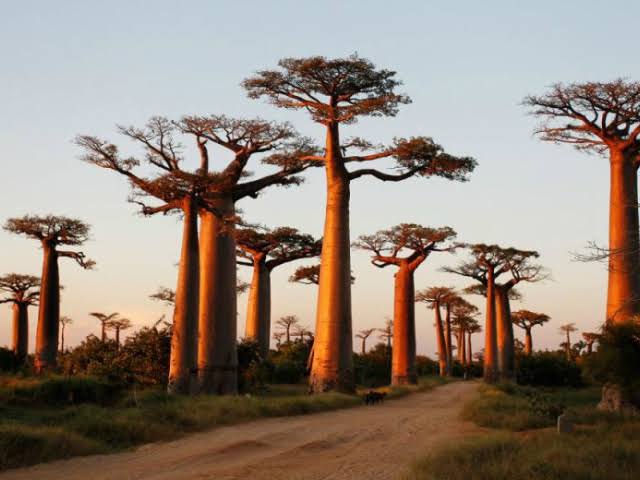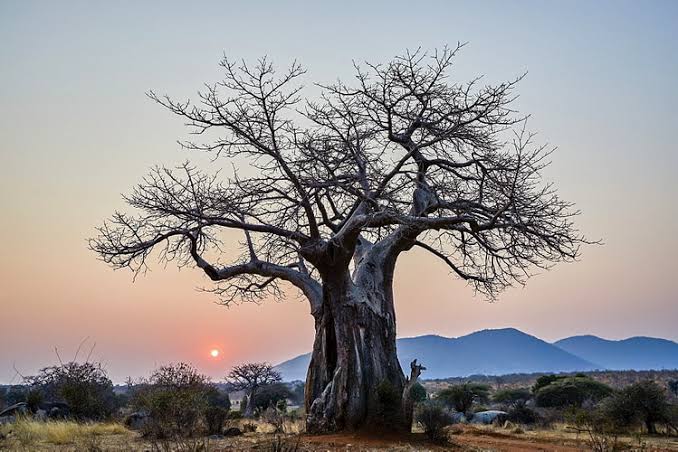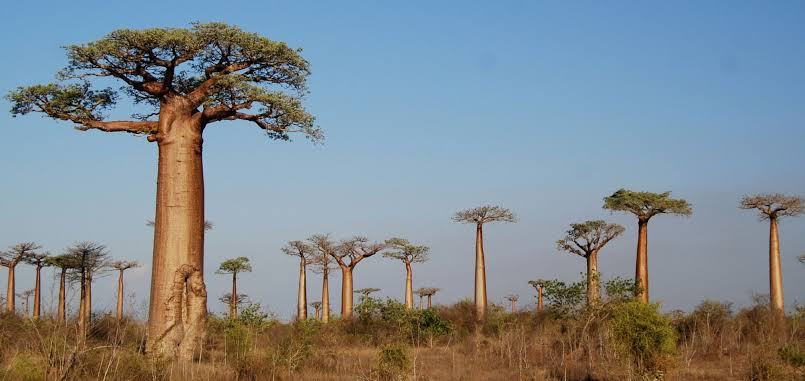Baobab trees, often hailed as the tree of life, have recently revealed their ancient origins through groundbreaking DNA studies. These majestic trees, celebrated for their unique shapes and remarkable longevity, have roots that stretch back to Madagascar some 21 million years ago. This discovery not only illuminates the baobabs’ evolutionary path but also emphasizes the critical need for conservation to safeguard these vital species.

Ancient Beginnings in Madagascar
The study, published in Nature, reveals that the baobab trees first emerged in Madagascar before their seeds were carried by ocean currents to Australia and mainland Africa. This migration led to the evolution of distinct species adapted to different environments. Dr. Ilia Leitch of the Royal Botanic Gardens, Kew, and Prof. Andrew Leitch of Queen Mary University of London were among the key researchers involved in this study.
“We have been able to pinpoint the origin of baobabs, which are an iconic keystone species supporting a wide diversity of animals and plants as well as humans,”
said Dr. Leitch.

Cultural and Ecological Significance
Baobabs, also known as “the mother of the forest” in Malagasy, play a vital role in their ecosystems. They provide essential resources for both wildlife and humans. Their large trunks store water, enabling them to survive through dry seasons, while their fruits are considered a superfood. Additionally, baobab fibers are used for making ropes and clothing. The trees’ large white flowers attract bats, which serve as pollinators, and their trunks provide nesting sites for birds.
Conservation Imperatives
The research highlights the precarious status of baobab species, particularly those in Madagascar. Two endangered Malagasy species, including the famous giant baobab, are in critical need of heightened conservation efforts. Climate change and widespread deforestation pose significant threats to these trees, which may be closer to extinction than previously thought. “The data have enabled us to provide important new insights which will inform their conservation to safeguard their future,” Dr. Leitch emphasized.
Global Collaboration for a Common Cause
This international research effort involved collaboration between the Wuhan Botanical Garden in China, the University of Antananarivo in Madagascar, and the Royal Botanic Gardens, Kew, among others. The findings call for increased global attention and action to preserve the baobabs, ensuring that these ancient giants continue to thrive for generations to come.
As we deepen our understanding of the baobabs’ origins and their critical role in sustaining biodiversity, it becomes imperative to advocate for their protection. The story of the baobab tree is not just a tale of survival but a testament to the resilience and interconnectedness of life on Earth.

Leave a Reply
You must be logged in to post a comment.